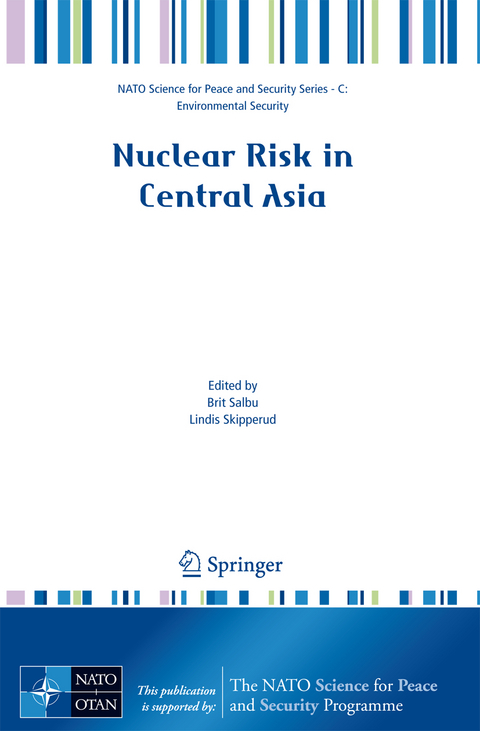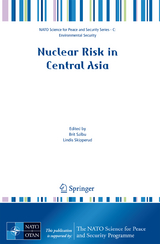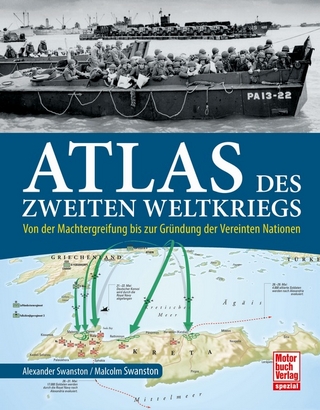Nuclear Risk in Central Asia
Springer-Verlag New York Inc.
978-1-4020-8315-0 (ISBN)
National Nuclear Centre Solving Radiation Safety Problems in Kazakhstan.- Radioactive Particles Released from Different Nuclear Sources: With Focus on Nuclear Weapons Tests.- Phenomenology of Underground Nuclear Explosions in Rock Salt.- Radiation and Hydro-Chemical Investigation and Monitoring of Transboundary Rivers of Kazakhstan.- Tritium in Streams, Well Waters and Atomic Lakes at the Semi-Palatinsk Nuclear Test Site: Present Status And Future Perspectives.- Safe Management of Residues from Former Uranium Mining and Milling Activities in Central Asian IAEA Regional Technical Cooperation Project.- Rehabilitation of Uranium Mines in Northern Tajikistan.- A Rational Approach to Bridging the Nuclear Technology Usage and Nuclear Education Gap.- Strontium-90 Contamination Within the Semipalatinsk Nuclear Test Site: Results of Semirad1 and Semirad2 Projects – Contamination Levels And Projected Doses to Local Populations.- The Joint Convention on the Safety of Spent Fuel Management and on the Safety of Radioactive Waste Management: An Instrument to Achieve a Global Safety.- Reduction of Risks from Lira Underground Nuclear Facilities at Karachaganak Oil-and-Gas Complex.- The Net Effect of the Armenian Nuclear Power Plant on the Environment and Population Compared to the Background From Global Radioactive Fallout.- Assessment of Risks and Possible Ecological and Economic Damages from Large-Scale Natural and Man-Induced Catastrophes in Ecology-Hazard Regions of Central Asia and the Caucasus.- Distribution of Natural and Technogenic Radioactivity in Soil Samples from Foothill and Mountain Areas in Central Tajikistan.- Quantitative Assessment of the Man-Induced Uranium in the Tail Disposal of Kara-Balta Mining Plant.- Study of the 222Rn Distribution in Air Above the TailDisposal Site at KBMP (Kyrgyz Republic) and Its Possible Transfer to Adjacent Territories.- Study of Transborder Contamination of the Syr-Darya and Amu Darya Rivers and Their Inflows.- The Navruz Project: Cooperative, Transboundary Monitoring, Data Sharing and Modeling of Water Resources in Central Asia.- Several Approaches to the Solution of Water Contamination Problems in Transboundary Rivers Crossing the Territory of Armenia.- Study of the Ecological State of Rivers Kura, Araks and Samur on Azerbaijan Territory.- Ecological Considerations Related to Uranium Exploration and Production.- Joint Norwegian and Kazakh Fieldwork in Kurday Mining Site, Kazakhstan, 2006.
| Erscheint lt. Verlag | 8.4.2008 |
|---|---|
| Reihe/Serie | NATO Science for Peace and Security Series |
| Zusatzinfo | XI, 237 p. |
| Verlagsort | New York, NY |
| Sprache | englisch |
| Maße | 155 x 235 mm |
| Themenwelt | Natur / Technik ► Fahrzeuge / Flugzeuge / Schiffe ► Militärfahrzeuge / -flugzeuge / -schiffe |
| Naturwissenschaften ► Biologie ► Ökologie / Naturschutz | |
| Naturwissenschaften ► Chemie ► Physikalische Chemie | |
| Naturwissenschaften ► Physik / Astronomie ► Angewandte Physik | |
| Sozialwissenschaften ► Politik / Verwaltung ► Staat / Verwaltung | |
| ISBN-10 | 1-4020-8315-7 / 1402083157 |
| ISBN-13 | 978-1-4020-8315-0 / 9781402083150 |
| Zustand | Neuware |
| Haben Sie eine Frage zum Produkt? |
aus dem Bereich




